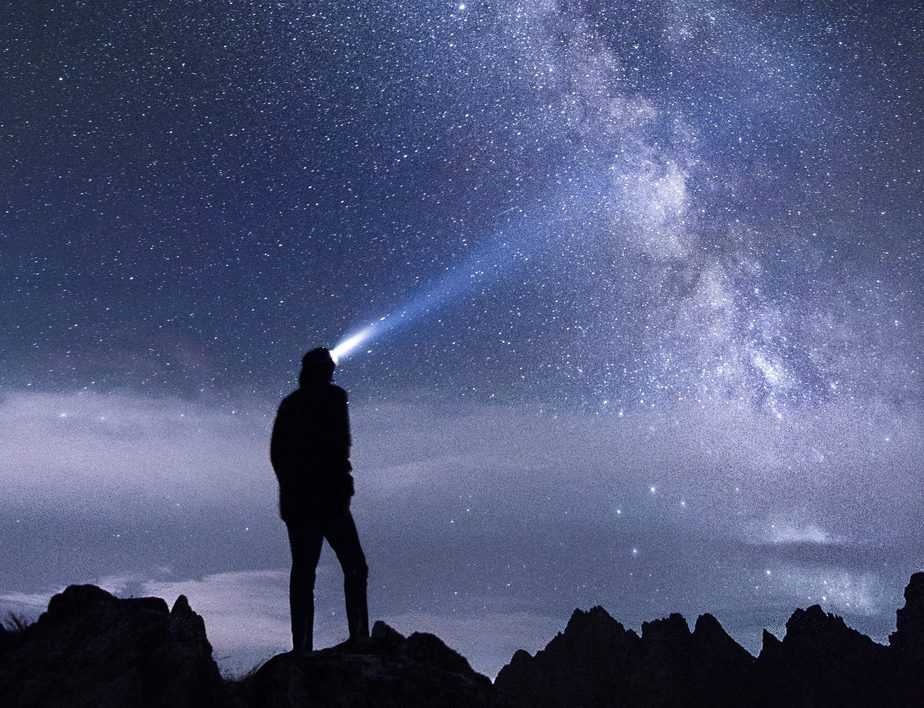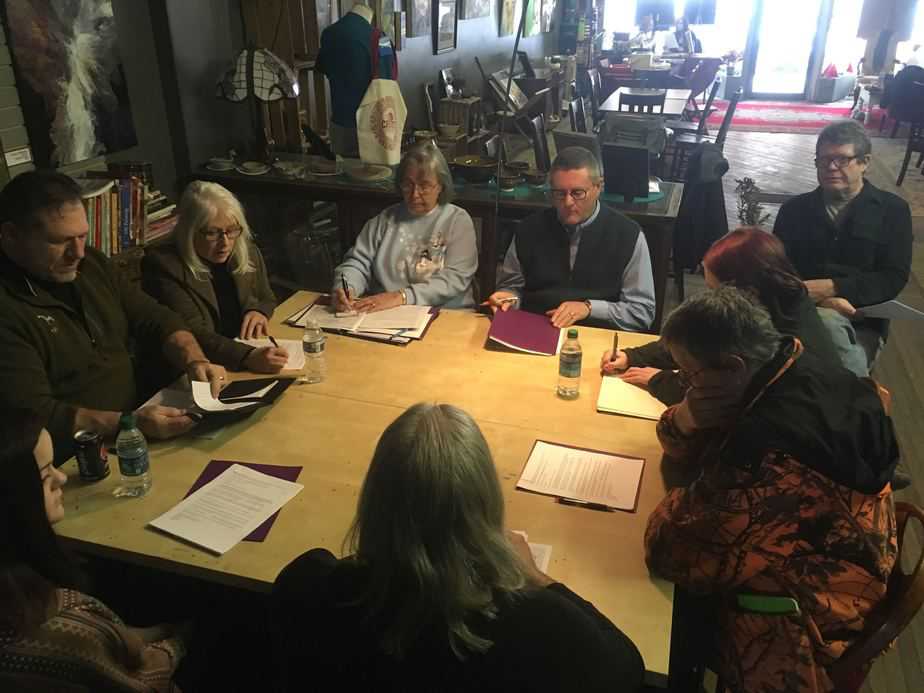by Sarah Rossey, managing editor of The Watershed Journal, and workshop presenter
Originality is really important.
Jim Carrey
Introduction: What is Original?
In 1915 Albert Einstein published his theory of General Relativity, upending our understanding of Newtonian physics and blowing up the scientific community with some mind-bending predictions about gravity, spacetime curvature and black holes. This “extraordinarily beautiful theory” was a part of a search for a unified theory of the whole universe. While the ideas of wormholes, gravitational waves and time warps may be difficult to grasp, indeed they are difficult to prove, Einstein’s equations and theories led to technologies we now enjoy everyday like GPS, weather and stock market forecasting, DVD players and, of course, nuclear energy and nuclear weapons.
On April 10, 2019, 104 years after Einstein published his theory, the Event Horizon Telescope Collaboration released the first direct image of a black hole, thanks in part to recent developments like enhanced radio observing, understanding of photon orbit and simulations of what a black hole might look like. Algorithms by scientists like Jan Högbom, Katherine Bouman and others made it possible to combine images from the large telescope array located in 20 countries and regions into one stunning image that shook the world. Einstein’s practically untestable prediction now had visible proof.
The tricky thing about that visible proof is in the very nature of “black” holes. Whenever the ratio of an object’s mass to its radius becomes sufficiently large, general relativity predicts the formation of a black hole, a region of space from which nothing, not even light, can escape. So when we speak of a “direct image of a black hole,” it’s a little misleading. EHT was able to take us just past the event horizon, where light can still escape, and while it couldn’t show us the black hole itself it could show us something fascinating: the shadow cast by the extreme density of the center of the black hole.
From Isaac Newton to Albert Einstein to the Event Horizon Telescope project, the past couple of hundred years have called into question everything we thought we knew about our physical existence. Much of this modern science is counterintuitive and, frankly, inapplicable to the daily life of ordinary humans. But the implications of what we are discovering are supermassive not just for consumer technology, but also for the very ideas of fate, causality and the time continuum.
My question today is, was Einstein’s work original? It was groundbreaking, revolutionary work that redefined what humanity is capable of. But was it original?
Today I would like to explore a three-pronged approach to discovering originality, starting with what originality is and what it isn’t. What Einstein proposed was true in many ways that we define truth: it was based on both intuition and logic (although maybe not common sense), it was shown to be consistent with observation, and it paved the way for countless innovation. However, what Einstein proposed did not originate with himself. As Newton, put it “If I have seen further it is because I am standing on the shoulders of Giants.”
Originality is TRUE
Writing that is original is many things: it is novel, it is interesting, it is unique, it is rare. Writing that returns to the origin of who we are as humans and offers an honest perspective on what is real can be immensely valuable and powerful. Those who are able to cause the world to question what is generally accepted as truth can change everything.
So how do we as writers write originally – what makes for original writing? Bear with me here – where is that “event horizon” where the light of original thinking can escape and be translated into language an audience can understand? Is it enough to be sincere, to be honest, to be “real”?
At the core, I would say yes, it is original to tell your truth. That is the subject on which you are most knowledgeable and only you can write it. Returning to the origin of who you are and how you became yourself can help inform how you create characters, complicate plot lines and wax poetical. Sharing your everyday experience in the world certainly is original work; no one else can see humanity through your eyes.
Some writers find their voice in isolation, without outside influences adulterating the process. Others seek inspiration and creative energy from observing or interacting with others. Both of these methods are tried and true ways to access personal or general truths. Using anecdotes, intuition, logical progression, inspiration or observation, original writers attempt to tap into something real, something true.
However, there is a way to be authentic and real about your experience without being original at all. The current term for this kind of expression is “basic.” We recognize it immediately when we see it, and we are bored by it.
Originality isn’t ORIGINAL
If writers searching for original inspiration are looking for something that has never been said before they will find themselves frustrated and disappointed. It’s all been said, it’s all been done. In fact, if you try to find something completely new to write about you might find that language is too “basic” to translate truly original ideas.
None of us are writing in a vacuum. Like the Newton quote says, we are all standing on the shoulders of those who came before us. This is my favorite aspect about the ultimate in unoriginal originality: meme culture. A meme is a great example of writing that acknowledges the current conversation and cultural leaning while offering an original (and perhaps amusing) perspective.
I would contend that original writing is not only original in its content, but original in its presentation. It’s not just about what is being said; it is how it will be heard that makes original work so powerful. Writers who are able to find an innovative way to reach their audience and “trick” them into new areas of thought are creating an original experience as well as telling an original story.
Originality is RISKY
Our communities are not always sure of how to handle original writing. While some groundbreaking works are taught to middle schoolers, others are burned or banned. While some writers are hailed as saviors of humanity, others are excommunicated or censored (or worse). Those who toe the line of social norms and challenge society to question their pillars are not only risking being misunderstood, they are asking their readers to take a risk as well.
Societies have always had hot button issues that they decide are too uncomfortable to talk openly about. Original writing challenges us to question where we place these limits. The topic could social criticism (talking about racism, sexism, intolerance, etc.), encouraging lifestyle choices that the society deems harmful (cohabitation, drug use, queer culture) or speaking blasphemously about an accepted religion or political affiliation (or reverently about a marginalized religion or political affiliation). Social disgust can work both ways, and it can be difficult for people to allow questioning of assumed pillars of their culture.
Conclusion
Around the same time as Einstein was publishing about general relativity, he and others were also writing theories that would become the bases for quantum mechanics. Einstein’s theory of the photoelectric effect paved the way for scientists like Schrodinger, Bohr, Heisenburg, and discoveries like the Higgs-boson, the so-called “God particle” that is apparently self-generating.
The progression of quantum mechanics led to understanding of phenomena that were previously unexplained even by the “beautiful” theory of relativity, like the really weird realms of quantum entanglement, the principle of uncertainty, and wave-particle duality.
The crazy thing is, in 2018 physicists reported that for a single particle, classical physics can explain behavior even down to the quantum level. Once you add another particle to the mix, however, nothing is predictable in classic terms. The science then becomes about not understanding the rules, but understanding the nature of chaos itself.
I think the same thing applies to original writing. Common culture tells us what the rules and expectations are, what the average human being should look and act like. Original writing turns that on its head – it looks at the exceptions to the rules and finds where these societal expectations break down completely into chaos. Even better – original writing can give us tools to deal with this chaos in a way that preserves what makes us uniquely human.




